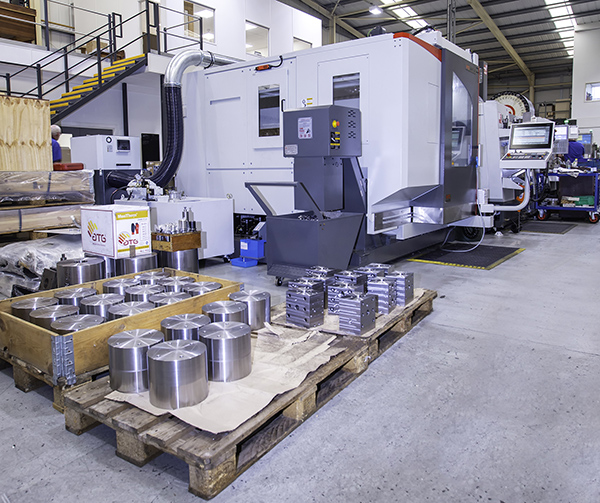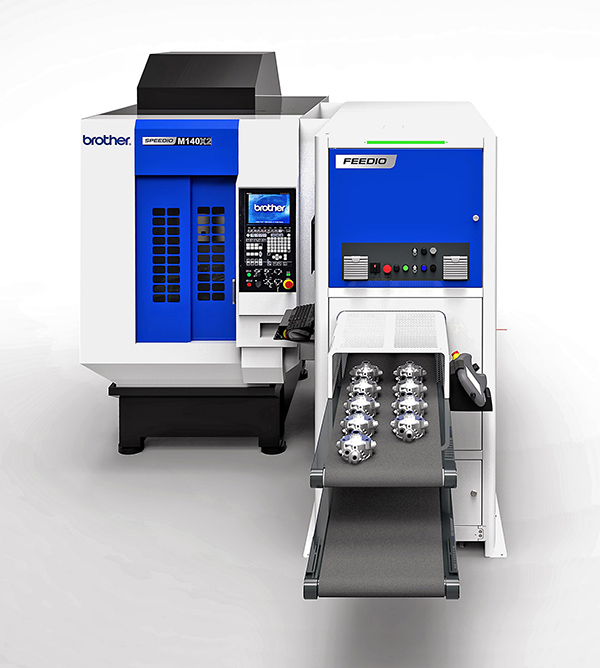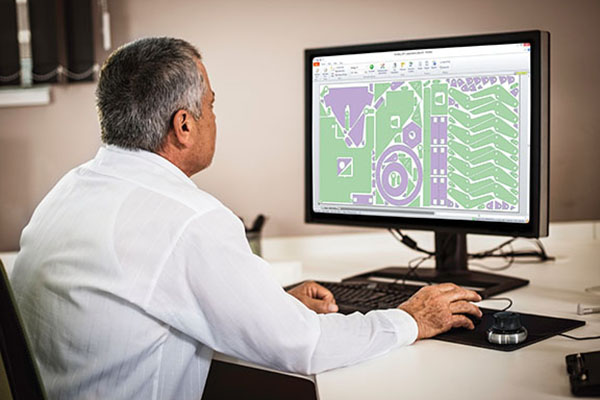Since its formation in 1979, Newcastle Tool & Gauge (NTG) has adapted to change. Originally a tool room manufacturing press tools for local industry, NTG has evolved into a precision engineering machine shop.

Along the way, the company has gained a reputation as a preferred supplier to customers across a range of sectors, including oil and gas, power generation, subsea, and thermoforming. As its customer profile continues to change, so does its requirements for machine tools, and during 2018 NTG identified a need for simultaneous five-axis machining.
“A group of us visited MACH 2018 with the brief to look at every five-axis option,” says Mark Withycombe, operations manager. “We all came back from that trip of the same opinion – that the XYZ UMC-5X was the right option for us.”
Among the key features that drew the team to this conclusion were the use of a trunnion table that provided the weight-carrying capacity needed as well as ease of access for loading. Overall
build quality also impressed, especially when matched to the competitive price.
With the UMC-5X now installed, the initial expectations of the team at NTG are being fully met, with the build quality and accuracy of the machine helping to reduce cycle times. One particular job that would normally have taken six operations to complete, is now down to two, while the cycle time has been halved.
“The move to five-axis simultaneous machining with the XYZ UMC-5X is a first for us and it has definitely opened up new opportunities, with the capability of the machine allowing us to machine parts that we couldn’t have considered before,” says
Bryan Larvin, works manager.
For further information www.xyzmachinetools.com























